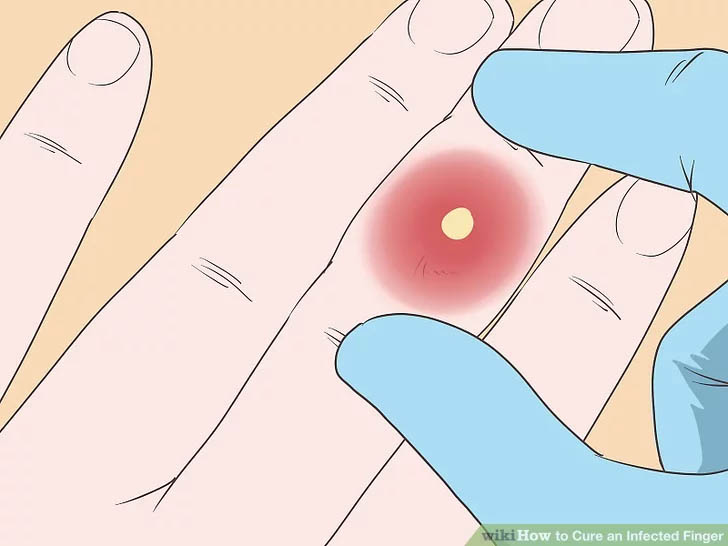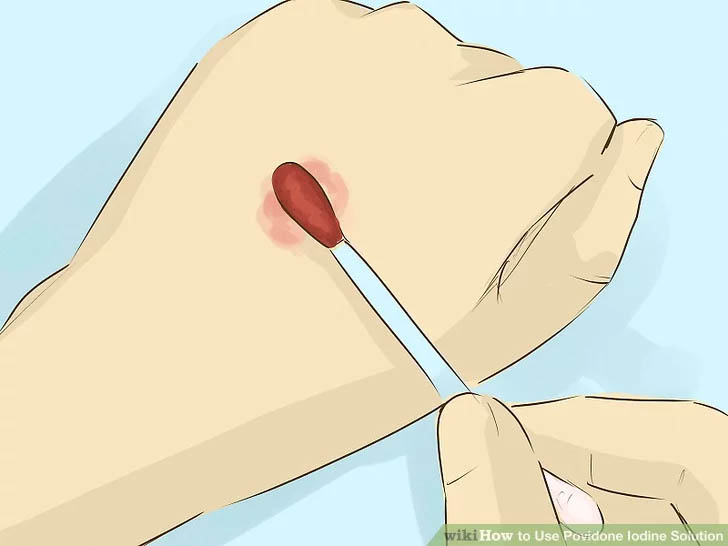Certain types of skin infection can be difficult to cure. Recently, I discovered a simple treatment using povidone-iodine, thanks to doctors Ramon Estrada and Ric Naval of Manila Doctors Hospital.
Povidone-iodine is an antiseptic. It kills bacteria and other microbes. It can also treat various skin diseases, such as: boil (pigsa), a reddish warm nodule of the skin which develops when there is infection and pus inside; dermatitis, any redness of the skin, usually due to an allergy from soap, rubber slippers or gloves (if you scratch the area, it can get infected); eczema, a skin wound that starts to ooze liquid or pus (it can be very itchy and unpleasant to look at); athlete’s foot, a smelly fungal skin infection between toes, due to the feet sweating and long hours of wearing closed shoes (athletes, security guards and soldiers are prone to athlete’s foot); pimples; insect bites; and various skin wounds, cuts and inflammation.
For these infections, try this:
- Soak a cotton bud or cotton ball with povidone-iodine.
- Dab the infected skin area with povidone-iodine, two to three times a day. The longer you soak the area with the antiseptic, the faster it heals.
- For best results, press the cotton firmly on the infected area, so more of the solution can seep inside the infected skin. It will sting a bit because the solution is already killing the bacteria.
- For serious infections, continue this soaking seven to 10 days or until the infection completely clears up.
Finger infection
An infection at the side of a fingernail (paronychia) can be difficult to cure. The infection may be caused by cutting the fingernails too short, pulling the skin hanging beside your nail, having an ingrown toenail, or an overly done pedicure or manicure.

Infection starts with a tiny break in the skin, allowing bacteria to enter and grow. Slowly, the area becomes inflamed and painful. Doctors usually prescribe oral antibiotics but in my experience this may not work.
Instead, soak the fingernail infection with povidone-iodine. It is the most effective treatment available:
- Soak a cotton ball with povidone-iodine.
- Next, wedge this cotton ball between the inflamed skin and the nail. Use a tweezer or forceps.
- Get a piece of bandage and loosely encircle the affected finger to hold the soaked cotton ball in place. This way, the solution in the cotton ball will continuously seep into the inflamed skin. The more the povidone-iodine seeps inside the skin, the more quickly it kills the bacteria and reduces the swelling.
- After a few hours, when the cotton inside the bandage has dried up, get a medicine dropper and drip more povidone-iodine solution onto it.
- Change the bandage dressing twice a day. Be careful when doing this: bandages can be very sticky to the skin. Use alcohol to help neutralize the adhesive.
- Continue soaking the swollen skin with povidone-iodine seven to 10 days until the skin condition has completely returned to normal. It is healed when pressing on it is no longer painful.
- Prolonged use of povidone-iodine leaves a brownish stain, which fades eventually after the treatment is over. The skin will regain its normal color.
- For stubborn infections, ask your doctor if it is advisable to take an oral antibiotic. These two treatment regimens, oral antibiotic plus povidone-iodine soak, work together to kill bacteria inside and outside, respectively.
Other options
- Take an oral antibiotic alone. This is less effective because the medication may not reach bacteria on the skin surface.
- Use antibiotic cream. Some doctors believe this is less effective than just soaking the area with povidone-iodine.
- Use 70 percent rubbing alcohol. If the infection isn’t serious, like a small pimple, then alcohol can be used instead of povidone-iodine. Soak a cotton ball in alcohol and thoroughly dab the area of the pimple. However, povidone-iodine is much stronger than alcohol, and it stings a lot less.
Finally, it is best to consult a medical practitioner about your skin problem. However, be aware some doctors (like me) do not know of this wonderful povidone-iodine technique. — First published in Tulay Fortnightly, Chinese-Filipino Digest 25, no. 4 (July 24-August 13, 2012): 11.
